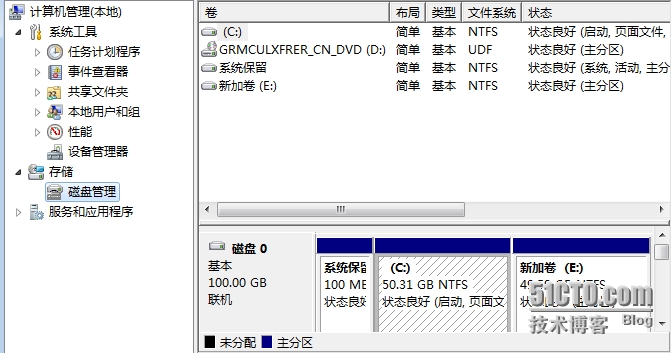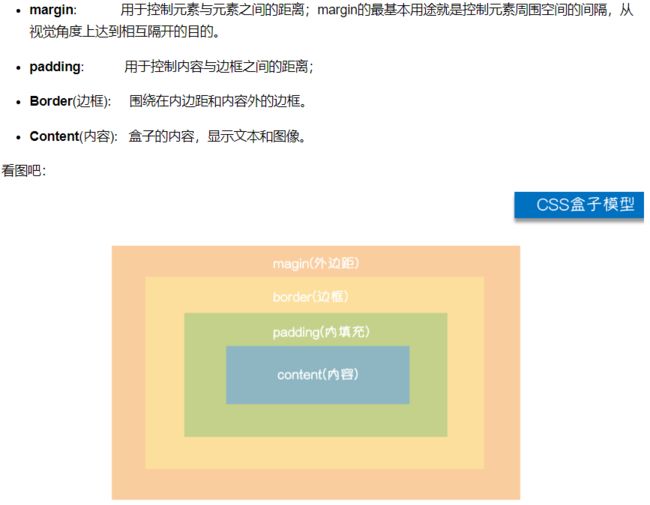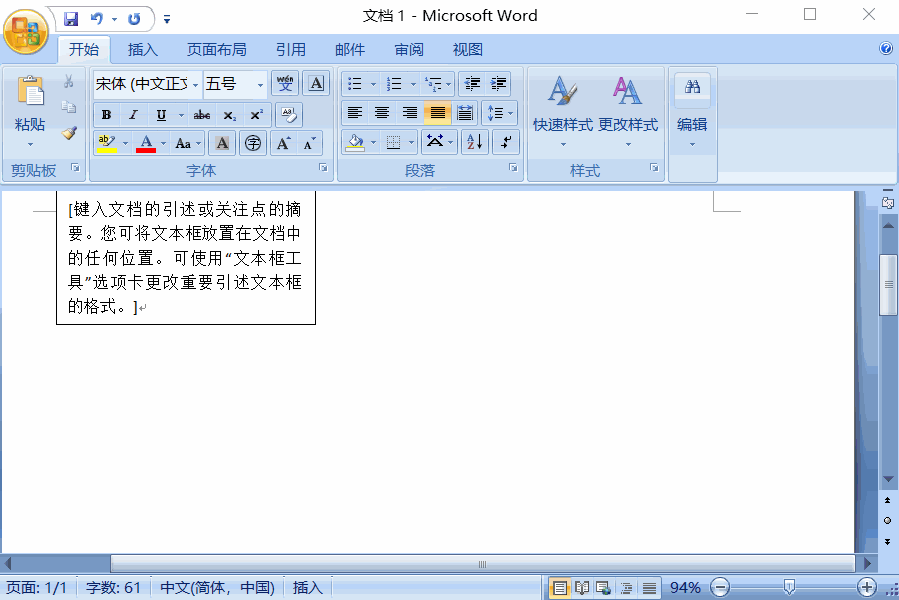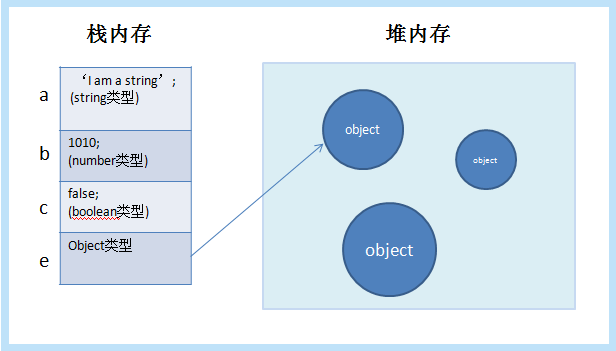一:什么是Redis Persistence Redis Persistence
Redis 提供不同级别的持久性:
RDB的优势2:Redis的RDB是什么?
在指定的时间间隔内将内存中数据集的快照写入磁盘,行话中就是快照快照。恢复时直接将快照文件读入内存,Redis会单独创建(fork)一个子进程。持久化,数据会先写入。
在一个临时文件中,持久化过程结束后,用这个临时文件替换上一个持久化文件。整个过程中,主进程不进行任何IO操作,保证了极高的性能。如果需要进行大规模的数据恢复,并且对数据恢复的完整性不是很敏感,RDB方法比AOF方法效率更高。RDB 的缺点是最后一次持久化后数据可能会丢失。
三:Redis配置文件redis.conf与RDB配置相关
################################ SNAPSHOTTING ################################ # # Save the DB on disk: # # save # # Will save the DB if both the given number of seconds and the given # number of write operations against the DB occurred. # # In the example below the behaviour will be to save: # after 900 sec (15 min) if at least 1 key changed # after 300 sec (5 min) if at least 10 keys changed # after 60 sec if at least 10000 keys changed # # Note: you can disable saving completely by commenting out all "save" lines. # # It is also possible to remove all the previously configured save # points by adding a save directive with a single empty string argument # like in the following example: # # save "" # 存 DB 到磁盘: # # 格式:save # # 根据给定的时间间隔和写入次数将数据保存到磁盘 # # 下面的例子的意思是: # 900 秒内如果至少有 1 个 key 的值变化,则保存 # 300 秒内如果至少有 10 个 key 的值变化,则保存 # 60 秒内如果至少有 10000 个 key 的值变化,则保存 # # 注意:你可以注释掉所有的 save 行来停用保存功能。# 也可以直接一个空字符串来实现停用: # save "" save 900 1 save 300 10 save 60 10000 # By default Redis will stop accepting writes if RDB snapshots are enabled # (at least one save point) and the latest background save failed. # This will make the user aware (in a hard way) that data is not persisting # on disk properly, otherwise chances are that no one will notice and some # disaster will happen. # # If the background saving process will start working again Redis will # automatically allow writes again. # # However if you have setup your proper monitoring of the Redis server # and persistence, you may want to disable this feature so that Redis will # continue to work as usual even if there are problems with disk, # permissions, and so forth. # 默认情况下,如果 redis 最后一次的后台保存失败,redis 将停止接受写操作,
# 这样以一种强硬的方式让用户知道数据不能正确的持久化到磁盘, # 否则就会没人注意到灾难的发生。 # # 如果后台保存进程重新启动工作了,redis 也将自动的允许写操作。 # # 然而你要是安装了靠谱的监控,你可能不希望 redis 这样做,那你就改成 no 好了。
# 如果配置成no 那么表示你不在乎数据的一致性,或者你又其他手段发现合控制。 stop-writes-on-bgsave-error yes # Compress string objects using LZF when dump .rdb databases? # For default that's set to 'yes' as it's almost always a win. # If you want to save some CPU in the saving child set it to 'no' but # the dataset will likely be bigger if you have compressible values or keys. # 是否在 dump .rdb 数据库的时候使用 LZF 压缩字符串 # 默认都设为 yes # 如果你希望保存子进程节省点 cpu ,你就设置它为 no , # 不过这个数据集可能就会比较大 rdbcompression yes # Since version 5 of RDB a CRC64 checksum is placed at the end of the file. # This makes the format more resistant to corruption but there is a performance # hit to pay (around 10%) when saving and loading RDB files, so you can disable it # for maximum performances. # # RDB files created with checksum disabled have a checksum of zero that will # tell the loading code to skip the check. # 是否校验rdb文件 但是CRC64算法会增大大约10%的性能消耗 rdbchecksum yes # The filename where to dump the DB # 设置 dump 文件的默认文件文件名
dbfilename dump.rdb # The working directory. # # The DB will be written inside this directory, with the filename specified # above using the 'dbfilename' configuration directive. # # The Append Only File will also be created inside this directory. # # Note that you must specify a directory here, not a file name. # 工作目录 # 例如上面的 dbfilename 只指定了文件名, # 但是它会写入到这个目录下。这个配置项一定是个目录,而不能是文件名。dir ./
注意,执行flushall之类的commit命令时也会生成一个新的RDB文件,所以备份时执行的RDB文件也是空的。该命令将清除内存中redis的所有数据。执行该命令后,只要redis中配置的快照规则不为空,保存规则就存在。redis 将执行快照操作。不管规则是什么,它们都会被执行。如果未定义快照规则,则不会执行快照操作。
恢复的时候,只要把rdb文件移动到redis安装目录下启动服务,就可以自动恢复了
用户执行 SAVE 或 GBSAVE 命令:
除了让Redis自动做快照外,当我们重启服务或迁移服务器时,我们还需要手动干预备份。Redis 提供了两个命令来完成这个任务
保存命令如下图所示。当执行 save 命令时,Redis 会同步执行一次快照操作,所有来自客户端的请求都会在快照执行过程中被阻塞。当redis内存中有大量数据时,传递这个命令会导致redis长时间没有响应。所以不建议在生产环境中使用该命令,但是推荐使用 bgsave 命令
bgsave 命令如下图所示。bgsave 命令可以在后台异步执行快照操作,服务器可以在拍摄快照的同时继续响应客户端的请求。执行 BGSAVE 后,Redis 会立即返回 ok 开始快照操作。在 redis-cli 终端中,可以通过 LASTSAVE 命令获取上一次成功的快照时间(UNIX 时间戳格式)。
Redis 使用 fork 函数复制当前进程(子进程)的副本。父进程继续接收和处理来自客户端的命令,而子进程开始将内存中的数据写入硬盘上的临时文件。当子进程写完所有数据后,会使用临时文件来替换旧的 RDB 文件。至此,一个快照操作完成。
Redis 在快照过程中不会修改 RDB 文件,只有在快照结束后才会用新文件替换旧文件,这意味着 RDB 文件随时都是完整的。这允许我们通过定期备份 RDB 文件来备份 redis 数据库。RDB文件是压缩的二进制文件,占用的空间会比内存中的数据小,传输更方便。
bgsave 异步执行快照。bgsave写入的数据是redis在for过程中的数据状态。一旦分叉完成,新客户端命令的后续执行将不会反映此快照中数据的更改。
Redis启动后会读取RDB快照文件,并将数据从硬盘加载到内存中。根据数据量和服务器性能,此加载时间会有所不同。
RDB文件的优缺点:
一、优势
RDB是一个非常紧凑的文件,它保存了redis在某个时间点的数据集。该文件非常适合备份和灾难恢复。
在生成RDB文件时,redis主进程会fork()一个子进程来处理所有的save工作,主进程不需要进行任何磁盘IO操作。
在恢复大型数据集时,RDB 比 AOF 更快。
二、缺点
没有办法实现RDB数据的实时持久化/秒级持久化。因为bgsave每次运行都需要进行fork操作创建子进程,频繁执行的成本太高。
每隔一定的时间做一次备份,所以如果redis意外宕机,最后一个快照之后的所有修改都会丢失(数据丢失)。如果数据比较重要,又想把损失降到最低,可以使用AOF方式进行持久化。




![图片[2]-什么是redis的持久化Redis提供了不同级别的优点-唐朝资源网](https://images.43s.cn/wp-content/uploads//2022/06/1655662396586_2.jpg)
![图片[3]-什么是redis的持久化Redis提供了不同级别的优点-唐朝资源网](https://images.43s.cn/wp-content/uploads//2022/06/1655662396586_4.gif)




















暂无评论内容